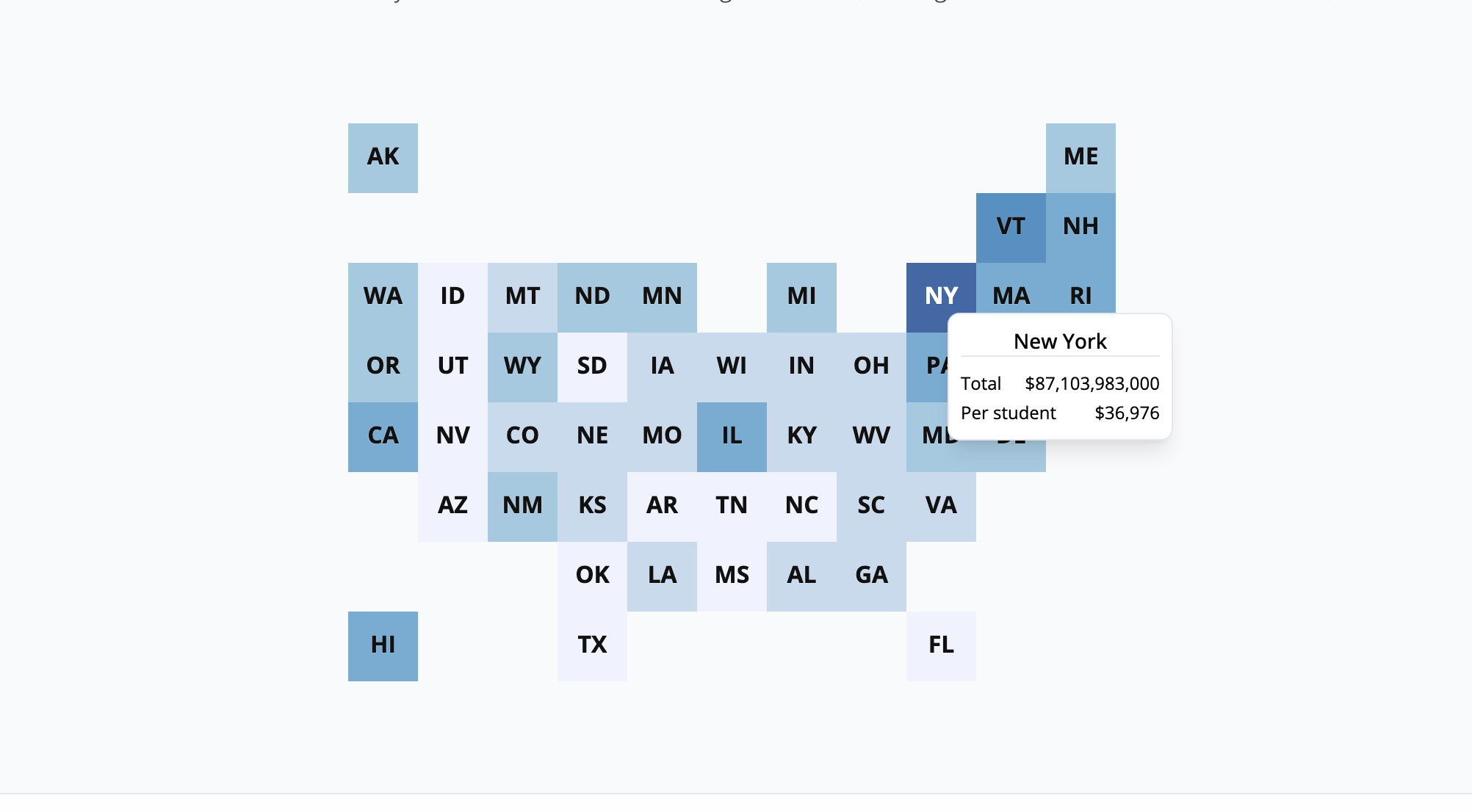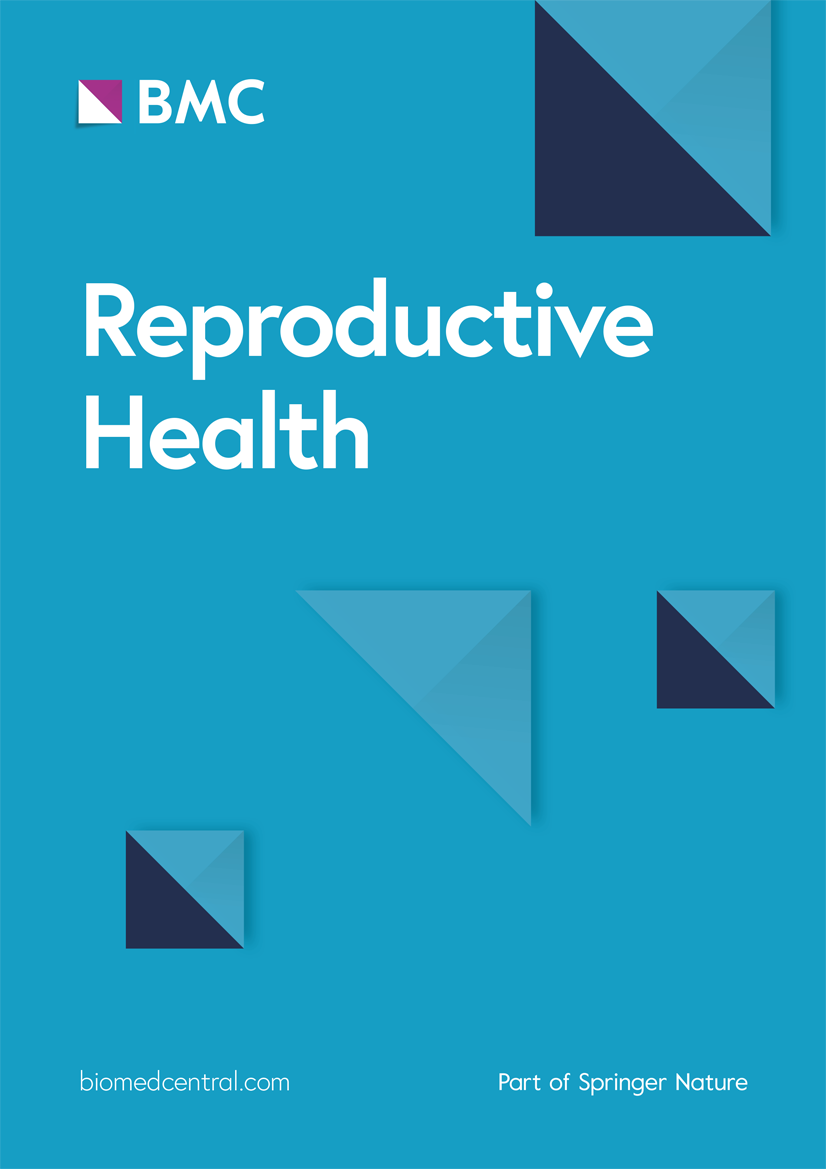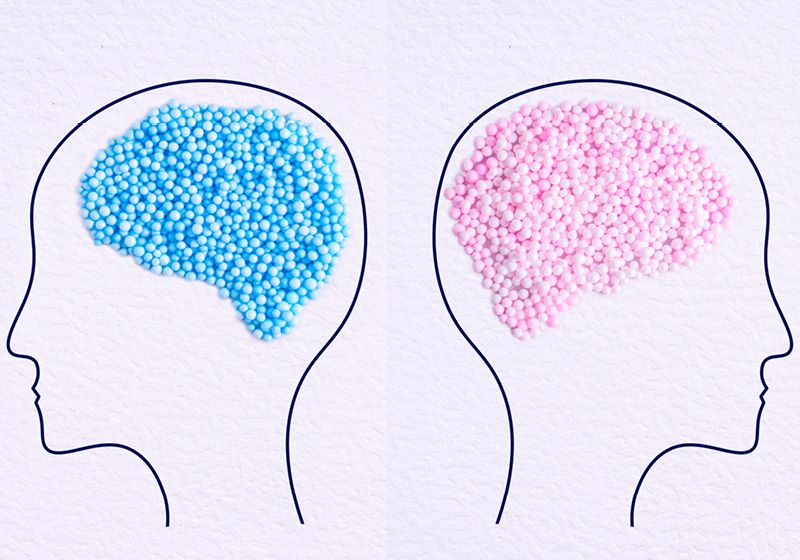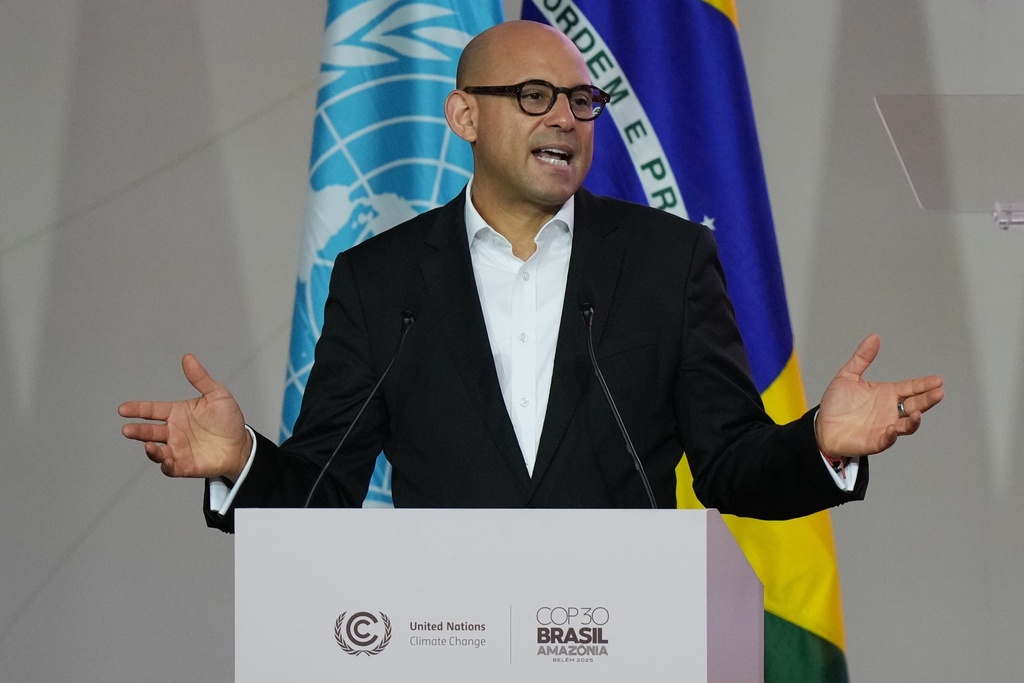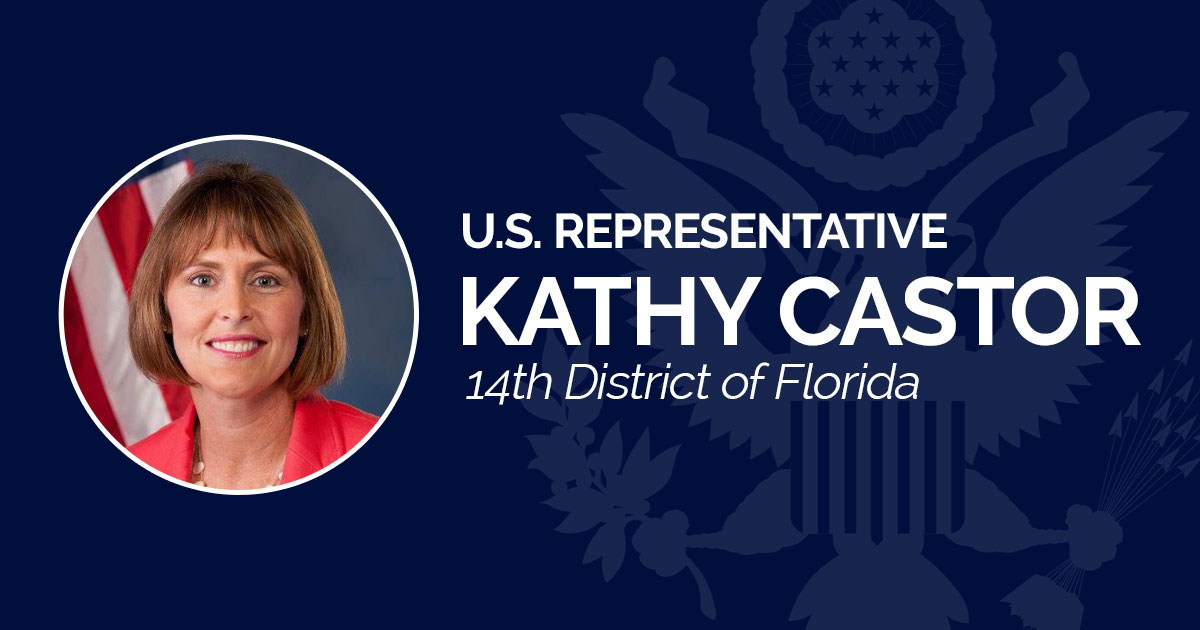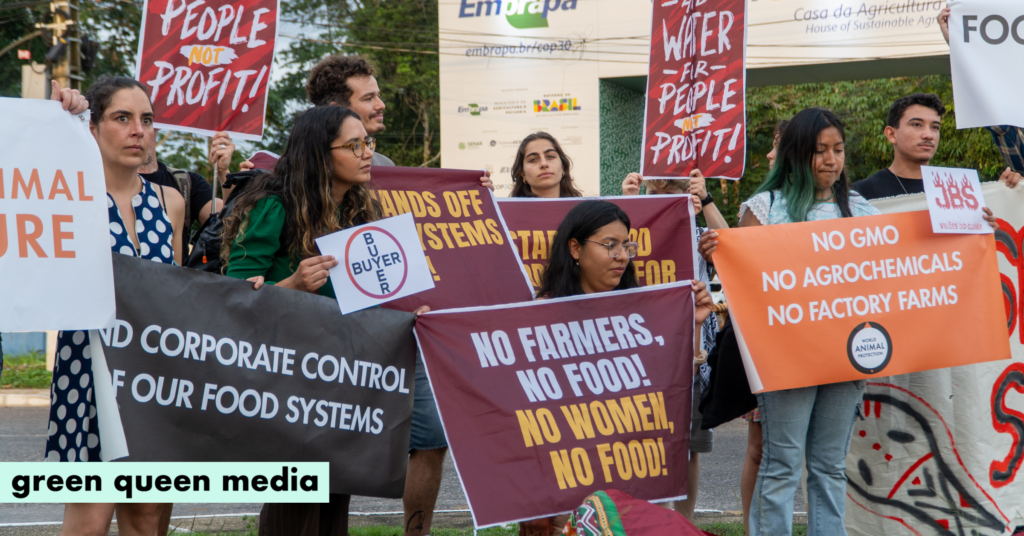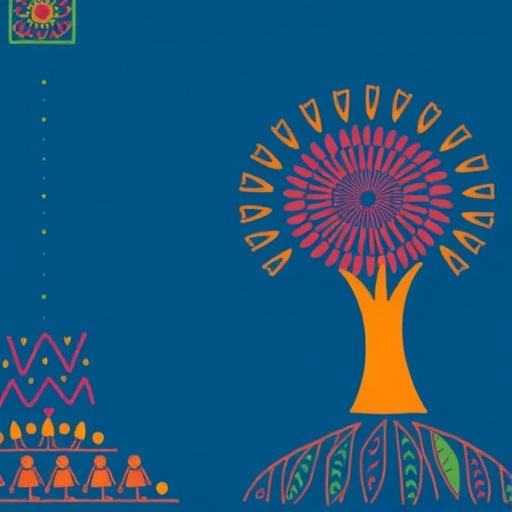Childhood verbal and physical abuse leave similar impacts, study shows – CNN
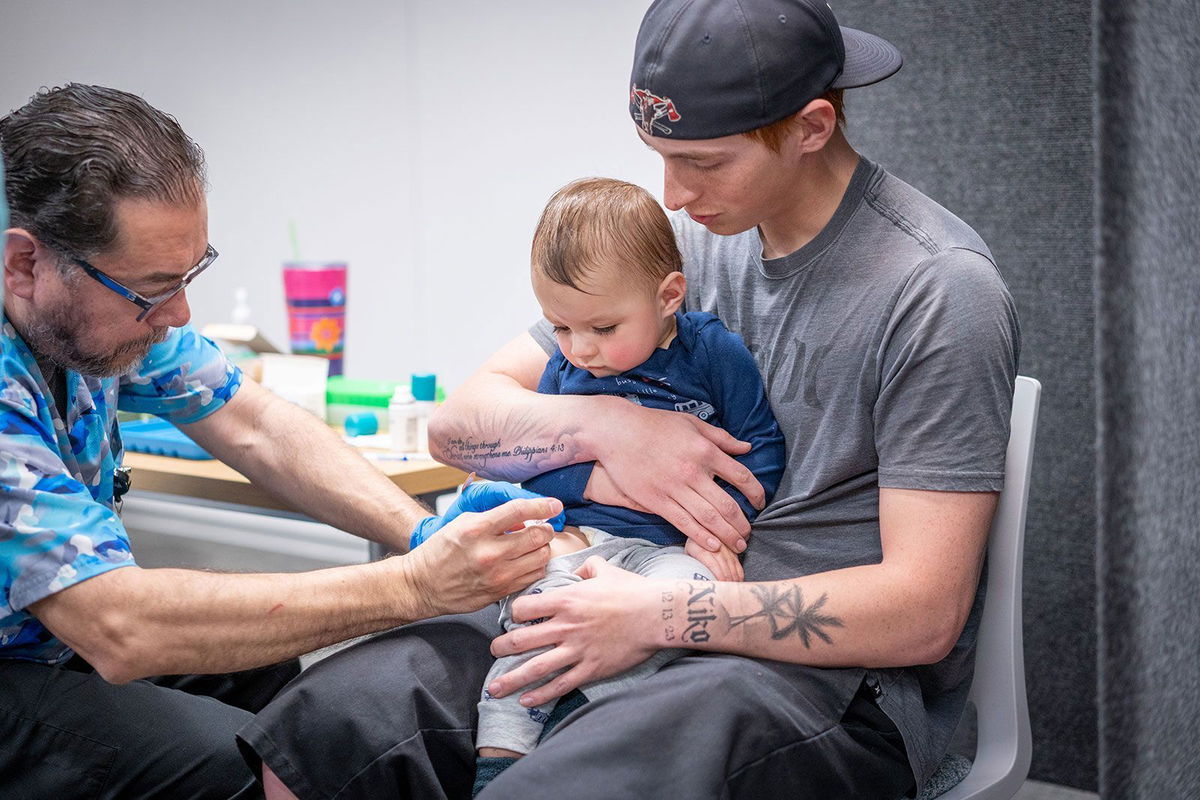
Report on the Impact of Childhood Verbal Abuse on Adult Mental Health and the Sustainable Development Goals
A recent study highlights the severe and lasting impact of childhood verbal abuse on adult mental well-being, presenting a significant challenge to the achievement of the United Nations Sustainable Development Goals (SDGs), particularly SDG 3 (Good Health and Well-being) and SDG 16 (Peace, Justice and Strong Institutions).
Key Research Findings
Comparative Impact on Mental Health
New research published in the journal BMJ Open reveals that the psychological damage from verbal abuse is as significant, and potentially more so, than physical abuse. This directly undermines SDG 3, which aims to ensure healthy lives and promote well-being for all at all ages.
- Adults who experienced verbal abuse as children showed a 60% increased likelihood of reporting low mental well-being.
- In comparison, those who experienced physical abuse had a 50% increased risk of low mental health in adulthood.
Prevalence and Shifting Trends
The data indicates a critical shift in the nature of childhood abuse, demanding a re-evaluation of strategies aimed at achieving SDG 16.2: “End abuse, exploitation, trafficking and all forms of violence against and torture of children.”
- Decline in Physical Abuse: In England and Wales, the prevalence of physical abuse has halved, dropping from 20% in cohorts born between 1950-1979 to 10% in those born after 2000.
- Rise in Verbal Abuse: Conversely, the prevalence of verbal abuse has increased over the same period, suggesting that efforts to reduce one form of violence may be offset by the rise of another, less visible form.
- Global Context: Data from the U.S. Centers for Disease Control and Prevention corroborates this trend, with over 60% of youth reporting emotional abuse, a category that encompasses verbal abuse.
Defining and Understanding Verbal Abuse
Characteristics of Verbal Abuse
Verbal abuse involves language intended to harm a child’s sense of self-worth and security. Recognizing these behaviors is the first step toward creating the safe and nurturing environments essential for SDG 3 and SDG 4 (Quality Education).
- Blaming
- Insulting and using derogatory terms
- Constant criticism
- Threatening or frightening statements
- Humiliating, denigrating, or belittling a child
Such language can twist a young person’s understanding of their identity and their place in the world, with lasting consequences for their mental health and ability to thrive.
Implications for Sustainable Development Goals
SDG 3: Good Health and Well-being
Poor mental health is a major and growing global public health issue. Childhood verbal abuse is a direct impediment to achieving mental health and well-being targets. The long-term mental scars left by such abuse contribute to the global burden of mental illness, affecting individuals throughout their adolescence and adulthood.
SDG 16: Peace, Justice and Strong Institutions
The findings underscore that to fulfill Target 16.2, efforts must address all forms of violence against children, including psychological and verbal abuse. The rise in verbal abuse indicates a gap in current child protection policies and public awareness, which have historically focused more on physical harm.
Interconnected Goals
The impact of verbal abuse extends to other SDGs:
- SDG 4 (Quality Education): A child’s mental state is fundamental to their ability to learn. Verbal abuse can impair cognitive development and school performance, hindering access to quality education.
- SDG 10 (Reduced Inequalities): Adverse Childhood Experiences (ACEs) like verbal abuse can perpetuate cycles of disadvantage, as poor mental health can limit economic and social opportunities in adulthood.
Recommendations and Path Forward
Policy and Public Awareness
Achieving the SDGs requires a concerted effort to recognize and combat verbal abuse.
- Raise Awareness: Launch public health campaigns to educate society on the severe and lasting harm caused by verbal abuse.
- Strengthen Child Protection: Integrate screening and support for verbal and emotional abuse into all child welfare and protection systems.
- Improve Data Collection: Systematically collect data on verbal abuse to better inform policies aimed at protecting children and promoting mental well-being.
Support for Caregivers and Educators
A cultural shift is needed to promote positive communication and create supportive environments for children.
- Provide parents and caregivers with resources and training in emotional regulation, positive communication skills, and attachment-building.
- Educate all adults who interact with children, including teachers and community leaders, on the profound impact of their words.
- Focus on restorative practices, encouraging adults to be mindful of their language and to repair harm with apologies and explanations when negative comments occur.
Analysis of Sustainable Development Goals (SDGs) in the Article
1. Which SDGs are addressed or connected to the issues highlighted in the article?
-
SDG 3: Good Health and Well-being
The article directly addresses this goal by focusing on the mental health and well-being of individuals. It extensively discusses how childhood verbal and physical abuse leads to “low mental health in adulthood” and “poor mental health,” which it describes as a “major and growing global public health issue.” The core of the article is the connection between childhood experiences and long-term health outcomes.
-
SDG 16: Peace, Justice and Strong Institutions
This goal is relevant because its targets include ending all forms of violence against children. The article’s central theme is the prevalence and impact of “physical abuse” and “verbal abuse” on children. It highlights the need to raise awareness and reduce these forms of violence to protect children.
2. What specific targets under those SDGs can be identified based on the article’s content?
-
Target 3.4: Promote mental health and well-being
This target aims to “reduce by one third premature mortality from non-communicable diseases through prevention and treatment and promote mental health and well-being.” The article directly relates to the promotion of mental health and well-being. It explains that childhood abuse has “long-lasting” mental health scars and that “improving childhood environments can directly enhance mental well-being.” The research cited aims to understand and ultimately prevent the factors, like verbal abuse, that lead to “poor mental health.”
-
Target 16.2: End abuse, exploitation, trafficking and all forms of violence against and torture of children
This target is explicitly addressed throughout the article. The text analyzes the prevalence and impact of different forms of violence against children, namely “physical abuse” and “verbal abuse.” The article discusses trends in this violence, noting that while physical abuse has declined in England and Wales, “Verbal abuse, on the other hand, has increased.” The call to “ensure that the harms of verbal abuse are more widely recognised” is a direct call to action to end this form of violence against children.
3. Are there any indicators mentioned or implied in the article that can be used to measure progress towards the identified targets?
-
Indicators for Target 3.4 (Promote mental health and well-being)
- Measurement of Mental Well-being: The article mentions the “Warwick-Edinburgh Mental Wellbeing Scale” as the specific tool used in the study to evaluate “adult mental health.” This serves as a direct indicator for assessing well-being.
- Risk of Poor Mental Health: The article provides quantifiable risk data, stating that people who experienced verbal abuse had a “60% increase in likelihood of low well-being,” while those with physical abuse had a “50% increased risk.” These percentages are indicators of the mental health burden associated with abuse.
-
Indicators for Target 16.2 (End abuse… and all forms of violence against… children)
- Prevalence of Physical Abuse: The article provides specific statistics that can be used as indicators. For England and Wales, it states the prevalence of physical abuse “has halved, from 20% in people born from 1950 to 1979 to 10% in those born in or after 2000.”
- Prevalence of Emotional and Physical Abuse: For the United States, the article cites the CDC’s Youth Risk Behavior Survey, noting that “more than 60% of people… reported experiencing emotional abuse and 31.8% reported physical abuse.” These percentages are direct indicators of the proportion of the population affected by violence in childhood.
- Trends in Verbal Abuse: The article notes that “Verbal abuse, on the other hand, has increased.” Tracking this trend is an indicator of whether efforts to reduce this specific form of violence are succeeding.
4. Table of SDGs, Targets, and Indicators
| SDGs | Targets | Indicators |
|---|---|---|
| SDG 3: Good Health and Well-being | 3.4: Promote mental health and well-being. |
|
| SDG 16: Peace, Justice and Strong Institutions | 16.2: End abuse, exploitation, trafficking and all forms of violence against and torture of children. |
|
Source: cnn.com

What is Your Reaction?
 Like
0
Like
0
 Dislike
0
Dislike
0
 Love
0
Love
0
 Funny
0
Funny
0
 Angry
0
Angry
0
 Sad
0
Sad
0
 Wow
0
Wow
0





